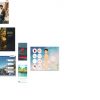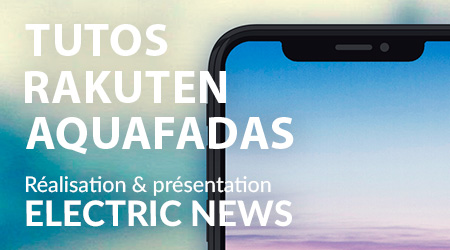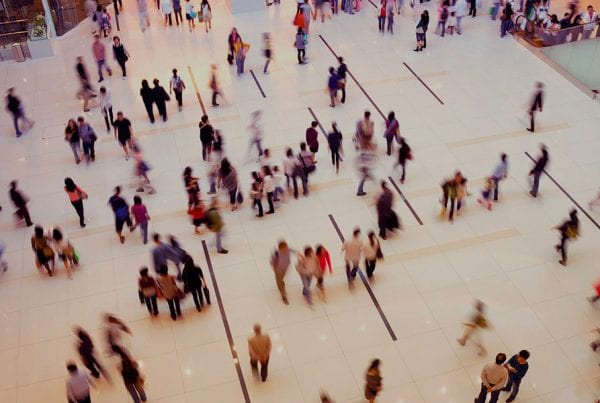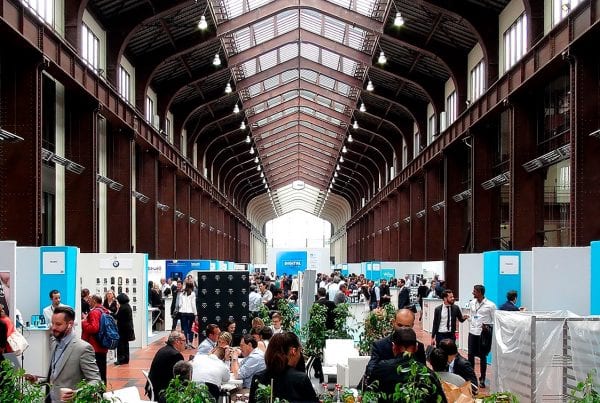While the most obvious and most touted way is revolutionizing retail, we believe it is just the tip of the iceberg and we are also seeing this in the requests that we receive. Here’s a list with all the ideas that have come up or that we have found so far. The list is not exhaustive and we accept any tips on new ideas or examples of how to use this technology.
![]()
It’s worth explaining how these things work to begin with. It starts with a tiny radio transmitter that can fit in the palm of one’s hand. Beacons are so small, in fact, they can be tucked under a store counter, attached to a piece of equipment or hidden in a phone booth. The signals they send out can trigger actions within apps installed on any Bluetooth-enabled smartphone that comes within the designated area.
Beacons can be adjusted to cover a wide range of prespecified distances. They can be set up to work from as near as 12 inches and from as far away as 55 yards. Nor do beacons need a Wi-Fi connection to become operational. Beacons can send personalized, location-specific content to a consumer’s or patient’s smartphone—but only if that person has downloaded the relevant app and opted in by allowing the app to access the phone’s location data.
Retail industry
Customers want an experience. This is why retail is shrinking but not dead. Online shopping does not satisfy the urge to feel a product in your hand. It does not allow you to take advantage of unexpected surprises that are often found in the store. Macy’s embraced beacon technology early and had its program up and running. The retailer uses Shopkick to enhance customer experiences in stores, which include discounts, rewards, recommendations and department-level deals. Macy’s also offers personalized deals for the customer.
By using beacons, the company became a retailer that embraced the use of mobile technology beyond providing basic free Wi-Fi to shoppers. It allows Macy’s to provide more than just a dynamic experience for customers but also a personalized one.
Once customers are inside, beacons can enhance the guest experience by providing virtual maps, sharing relevant tips and facts in multiple languages, and offering promotions and discounts. In Memphis, Elvis Presley’s Graceland mansion has used beacon technology to offer visitors an iPad tour, which includes exclusive videos, audio recordings, photos, and interactive activities. By delivering rich and timely content, visitors receive a more vivid understanding of Elvis’ life at Graceland. The museum notes that not only have customers embraced the new features, but there has also been an increase in engagement from younger visitors. Many travelers will not be willing to shell out money for an audio guide with bulky headphones, but their mobile phone is most likely already in their hand. With smartphone use skyrocketing, beacons are an effective way to reach customers of every age and to engage them using a platform that is accessible, intuitive, and immediate.
![]()
Hospitality Industry
Beacons help provide highly personalised and intelligent services to customers, without adding to the cost of hiring and training new staff.
A host of valuable functions can be powered by beacons, from greeting the guests while they enter the property and communicating route maps to key-less entry and loyalty programs. In addition, through the beacon enabled app, customers can key in their individual preferences and feedback, which will immensely help the hotel in maintaining superior guest relations.
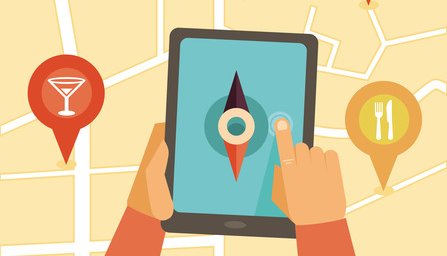
Tourism and tourist attractions (i.e. Museums)
Given the hyper-local and contextual capabilities of beacons, they are of immense value to both travellers as well as players in the tourism industry. Over 70% of the global population today use mobile phones and these gadgets can prove to be very nifty while travelling. Given the proliferation of mobile phones, wearables and the power of beacons, travellers can now discover a host of experiences while they travel – from easier airport navigation to discovering a new city through access to rich digital content on their mobile phones to personalised hotel experiences. Beacons are also of great value to players in the tourism and hospitality industry; beacons with their ability to source customer data around physical locations, activities, time and personal interests, provide a huge window of opportunity to target customers with personalized and contextual experiences in order to ensure business success. For example, given the data collected, restaurants and hotels can use beacons to regain any lost revenue by filling unbooked appointments simply by alerting nearby travelers of deals and offers.
![]()
Education Industry
Most universities host a number of events as a part of their academic year. To make students aware of these events and activities, the administration posts notices on the respective departments’ bulletin boards. Many a time, these notices are either ignored or seen after the event. This is a loss for the institution in terms of effort as well as for students in terms of knowledge.
Beacons can help here as well, by pushing notifications on upcoming events or activities held by a specific department to the student’s device just as he/she walks into that department.

Healthcare
A year ago, Jason Smith, managing director of Boston-based digital firm OHO Interactive, posted a story speculating on the many ways hospitals could use beacon technology. For instance, as a doctor walked into a patient’s room, a beacon could load the patient’s medical records onto the doctor’s iPad—and remove those records as soon as the doctor left the room. Beacons attached to mobile hospital devices would allow equipment to be tracked and located in an emergency. Beacons could also help patients and visitors find their way through the typical hospital’s maze of corridors, locating users and guiding them on a map.

Entertainment industry
Hyper localization and the use of proximity beacon technology is quickly gaining ground as a powerful channel for reaching consumers, with implementations extending beyond retail to include events, airports, museums, sports venues and more. As new use cases emerge and the technology evolves, marketers and technologists alike are continually exploring strategies for leveraging iBeacons to showcase their brands and stay relevant – and ways to do it at a massive scale.
There’s been a huge increase in the number of business and events using Bluetooth LE Beacons over the past year. Join us at this meet up and network with other Attendees, from industry leaders to beginners. Find out how organizations are using beacons to add value to their company and enhance the customer experience.
![]()
Travel
Beacon technology is facilitating every aspect of travel, including transportation. Airports have the potential to communicate important information about gate changes and flight delays, as well as offer updates on security wait times. In a busy, noisy airport, guests do not always hear important announcements or see relevant notices, which can lead to confusion and missed flights. Instead, imagine receiving notifications on your mobile phone that are specific to your travel plans; you can learn that your gate has changed and access a map directing you to the right location.
Low-cost airline easyJet is trialling iBeacon technology at London Luton, London Gatwick and Paris Charles de Gaulle airports. The aim of the project is to “enhance the in airport experience”, the airline says. Bluetooth Low Energy (BLE) beacons have been placed across the three airports and are used to trigger notifications on a passenger’s mobile device during “critical points of the airport journey”. These include bag drop and security, and to prompt a passenger to open their boarding pass at the right time.
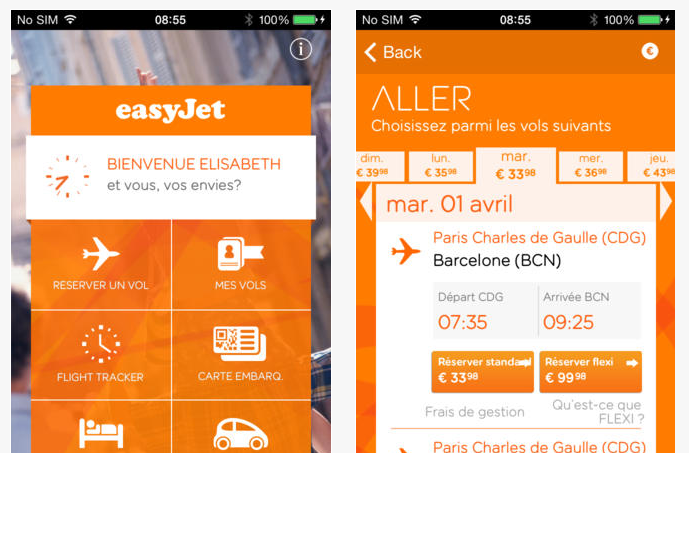
Corporate
Automotive
In this context, beacon technology becomes important. For the end users, the main utility of this technology is the ability to locate where GPS does not work, that is, indoors. But for traders it’s another story. Car dealers can take advantage of it to capture the attention of visitors while they are in their car dealership. Indeed, the beacons that transmit push notifications send targeted information to customers and prospects who will receive the offers without any effort while wandering in the car dealership.
Beacons are excellent promotions vectors. They could enable the car dealer to send, for example, dedicated digital coupons. With the use of beacons, they can also spot their most loyal customers’ visit by offering tailor-made advantages.
![]()
Real Estate
While beacons continue to make waves in various domains, there’s yet another vertical jumping on to the beacon bandwagon: real estate. The real estate business has taken note of iBeacon technology and we are seeing an increasing number of real estate giants using the technology for showcasing their properties, interacting with prospective buyers, automating the buying process and more.
![]()
Advertising / Digital signage
With the evolution of the role of a mobile device in a customer’s purchase journey, digital signage has grown from merely replacing posters with LCD screens into being a core component of a sound marketing strategy. And going ahead, brands looking to improve their merchandising and promotional effectiveness will leverage innovative digital signage solutions to deliver relevant content directly to customers at the purchase points which in turn will contribute to revenue growth. These points where customers are bound to make purchase decisions could vary from a new product display, near the checkout line to an in-store event.
In fact, according to a recent study by Grand View Research, Inc., a U.S. based market research and consulting company, the global digital signage market is expected to reach USD 20.03 billion by 2020. Another important thing to note here is that, while digital signage on its own has helped increase brand awareness, enhance in-store experience etc., effective digital signage is built on a comprehensive media strategy that provides brands with deeper insights on their customer base, allowing them to match the target audience with the right message at the right place, at the right time. This is where beacons come into the picture.
![]()

